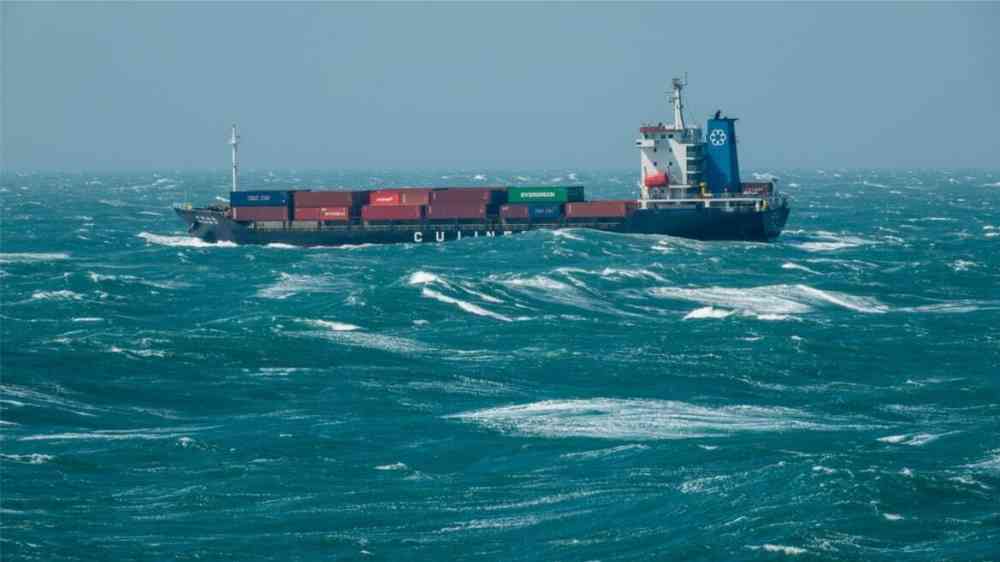Navigating troubled waters: Impact to global trade of disruption of shipping routes in the Red Sea, Black Sea and Panama Canal - UNCTAD rapid assessment

The magnitude of overlapping shipping disruptions
For the first time, the world faces simultaneous disruptions in two major global maritime trade waterways, with far-reaching implications for inflation and food and energy security.
Since November 2023, escalating attacks on ships in the Red Sea have been compounding disruptions in the Black Sea caused by the war in Ukraine and in the Panama Canal due to climate-induced droughts.
The drop in monthly transits underscores the magnitude of overlapping shipping disruptions.
In both the Suez and Panama canals, transits are down by more than 40% compared to their peaks. Most of the decline in the Suez Canal occurred over the last two months, while transits through the Panama Canal have been decreasing over the last two years.
The Suez Canal enables a more direct route for shipping between Europe and Asia, without having to circumnavigate the African continent.
In 2023, approximately 22% of global seaborne container trade passed through the canal, carrying goods including natural gas, oil, cars, raw materials and many manufactured products and industry components to and from the Indian Ocean, the Mediterranean Sea and the Atlantic Ocean.
Given the risk of attack in the Red Sea, many ships are now avoiding the canal, opting for a longer route around Africa. By the first half of February 2024, 586 container vessels had been rerouted, while container tonnage crossing the canal fell by 82%.
Climate-induced drought disrupts the Panama Canal
Facing alarmingly low water levels, the Panama Canal Authority has reduced daily transits from an average of 36 to 22, with plans for further reductions to 18 per day by February 2024. The Panama Canal is particularly important for countries on the West Coast of South America.
To avoid long waiting times, vessels were rerouted through the Suez Canal for cargo originating from Asia, increasing Suez transits before the current Red Sea crisis. The disruptions in the Panama Canal have increased demand for rail and road transport services in recent weeks, as shippers no longer have the option of rerouting through the Suez Canal.
Ship rerouting increases distances and shifts operations
The war in Ukraine has exacerbated the trend of increasing distances for maritime cargo, particularly for the oil and grain trades.
In other shipping markets, more oil tankers are now also rerouting through the Cape of Good Hope. The number of specialized car-carrying ships using the Red Sea dropped by more than half in December 2023 compared with December 2022. And practically no liquified natural-gas carrying vessels are currently using the Suez Canal, causing a spike in gas prices.
The latest data for the first quarter of 2024 shows how container shipping capacity is being redeployed away from Gulf countries and introducing more services, including from and to Africa.
Vessel speed and carbon emissions increase
The disruption in the Red Sea and Suez Canal, combined with factors linked to the Panama Canal and the Black Sea, could erode the environmental gains achieved through “slow steaming”, as rerouted vessels increase speeds to cover longer distances.
This is particularly evident among container ships, where a 1% increase in speed typically leads to a 2.2% rise in fuel consumption. For example, accelerating from 14 to 16 knots increases fuel use per mile by 31%.
As a result, the longer distances caused by rerouting from the Suez Canal to the Cape of Good Hope imply a 70% increase in greenhouse gas emissions for a round trip from Singapore to Northern Europe.
Shipping costs and rates surge
Impacts on freight rates have varied across market segments, with container shipping handling consumer and manufactured goods facing the sharpest increases.
Container freight rates on Asia–Pacific to Europe routes have risen sharply since November 2023. A record weekly spike of $500 was observed in the last week of December 2023. Average container shipping spot rates from Shanghai in early February 2024 more than doubled – up by 122% compared to early December 2023. The rates from Shanghai to Europe more than tripled, jumping by 256%.
While freight rate increases have been relatively higher on routes crossing the Suez, the repercussions extend to distant locations, such as routes linking Asia to the United States West Coast, where rates have surged by 130% since early November. The West Coast provides an alternative route using rail to reach destinations in central and eastern United States.
Meanwhile, freight rates to other destinations have seen lower increases.
Way forward
While the combined impact of these disruptions has not yet matched the scale of the pandemic-induced logistical crisis of 2021–2022, UNCTAD is closely monitoring the situation.
The war in Ukraine has already shown how longer distances and higher freight rates can affect food prices.
Going forward, it will be important to continue to monitor key developments and assess their potential implications for transport and trade, especially for developing countries. Key issues to track include shipping schedules and service reliability, security measures for ships and ports, delays in shipments and delivery timelines, increased freight rates and insurance premiums, shipping connectivity and the overall geography of trade.